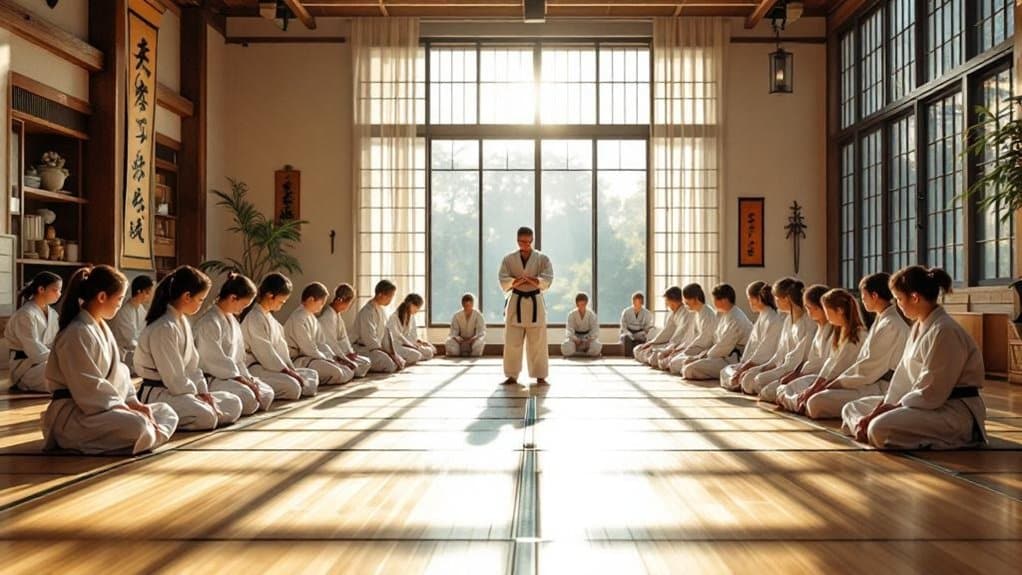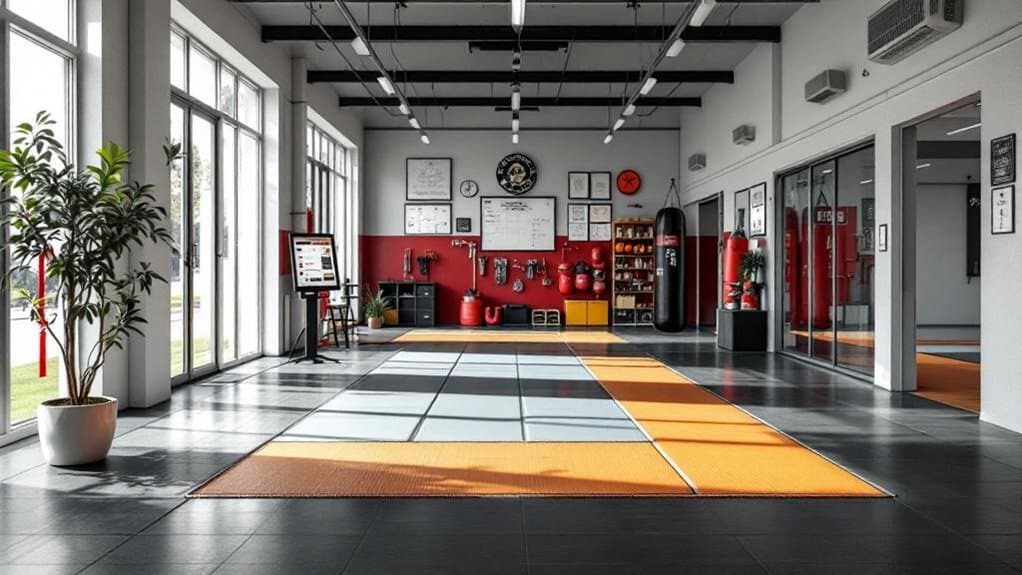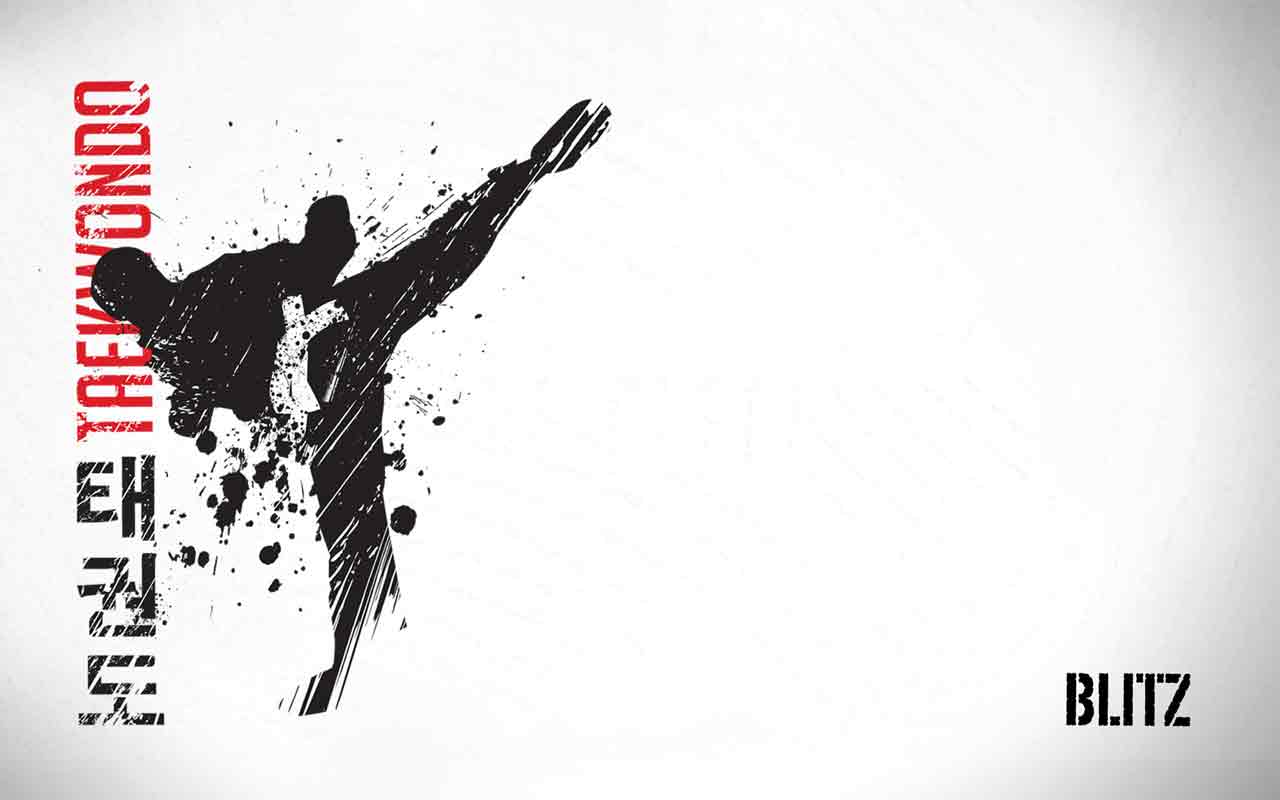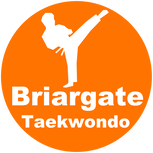Like choosing the right sword for battle, selecting a martial arts school can feel both exhilarating and intimidating. You’ll want to ponder several key factors before committing your time, energy, and money to this transformative journey. I’ve trained at multiple dojos over the years, and I’ve learned that what looks impressive on the surface isn’t always what serves you best. Let’s investigate what truly matters when you’re ready to take that first step onto the mat.
Instructor Credentials and Teaching Excellence
When you’re choosing a martial arts school, I’ve learned that nothing matters more than finding an instructor with solid credentials and teaching ability. Look for certifications from respected organizations like WFMAF and proven teaching experience. Unlike traditional martial arts where a black belt implies teaching ability, formal instructor certification requires validation of both physical and teaching competency.
The best instructors have achieved different certification levels ranging from assistant to advanced instructor status. Great instructors also incorporate mental preparation techniques that build focus and resilience in their students. Quality instructors emphasize personal development goals while teaching martial arts fundamentals. I’ve seen how strong student-teacher rapport and clear instructional methodology make all the difference. Your instructor should break down complex moves while maintaining safety and professionalism.
Training Environment and Facility Standards
Although instructor quality is indispensable, I’ve learned through years of training that the physical environment can make or break your martial arts journey.
Certified instructors are crucial for maintaining a safe and respectful training atmosphere. When evaluating a school, you’ll want to check their patron safety measures, from proper matting to secured equipment. Quality schools should maintain protective headgear and other essential safety equipment in top condition. I always look for clean training spaces and rigorous equipment maintenance protocols. A parent viewing area is essential for creating a welcoming and transparent training environment.
After all, you can’t focus on learning if you’re worried about your safety. A reputable school should have first aid kits readily available and easily accessible throughout the facility.
School Values and Learning Atmosphere

Because your martial arts journey shapes who you become, I’ve found that a school’s values and atmosphere are just as pivotal as its teaching methods.
When I visit schools, I look for strong peer engagement through supportive training partners and meaningful community outreach programs. Profound character development is evident when students practice consistent bowing and courteous interactions. Students thrive in environments that offer weekly report cards to track both character and skill development. A school that maintains clean training facilities demonstrates their commitment to excellence and student wellbeing. The instructor should be able to explain style frankly when discussing its strengths and limitations. You’ll know you’ve found the right place when respect, inclusivity, and ethical behavior flow naturally from both students and instructors.
Class Schedule and Program Accessibility
Since juggling life’s demands can feel like a complex puzzle, finding a martial arts school with flexible scheduling becomes essential for long-term success. You’ll want a school that engages participant diversity through varied class times – early mornings, evenings, and weekends. The best schools utilize digital scheduling systems to help students easily book classes and receive automated reminders. The school should have adequate parking space to accommodate all students during peak class times.
Look for demographic targeting that matches your needs, whether you’re a working professional needing late classes or a parent seeking after-school programs for your kids. Many schools offer free student assessments to determine class readiness and appropriate placement. A quality martial arts program should provide personalized instruction to ensure each student progresses at their own pace.
Financial Investment and Value Assessment

Making time for martial arts training takes dedication – and so does making room in your budget. When evaluating a school’s business model, expect monthly tuition between $100-200 for quality instruction.
You’ll need to factor in family budget considerations like uniforms, equipment, and testing fees. Many schools require an initial investment in essential equipment ranging from $5,000-$20,000 to maintain safety and quality standards. A proper training environment helps create a supportive community while maintaining high safety standards. Some schools offer beginner promotions like 4-week trial programs to help new students get started. Remember, the cheapest option isn’t always the best value – look for transparent pricing and structured progression opportunities. Some studios charge upwards of $500 monthly for premium instruction and amenities.
Frequently Asked Questions
What Types of Martial Arts Uniforms and Equipment Do Students Need to Purchase?
You’ll need a high-quality uniform (gi or dobok), protective gear including mouthguard, headgear, and pads. Maintain your equipment regularly and replace when worn. Your school will specify exact requirements for training.
Are There Age Restrictions or Physical Fitness Requirements for Beginning Students?
You’ll be amazed – most schools welcome beginners of all ages! While physical fitness isn’t required, look for certified instructors and appropriate class size limitations to guarantee you receive proper attention during your martial arts journey.
How Do Belt Testing and Promotion Ceremonies Typically Work at the School?
You’ll want to ask about the belt ranking system’s specific promotional criteria, testing schedules, and ceremony format. Make sure they clearly explain requirements for advancement and how they’ll evaluate your progress between ranks.
What Is the School’s Policy on Making up Missed Classes?
Like a well-coordinated dance, you’ll need to understand the school’s class attendance policy. You can schedule makeup sessions with instructor availability, but you’re responsible for communicating absences and following their specific makeup requirements.
Do Parents Need to Stay During Children’s Martial Arts Classes?
You’ll need to check the school’s specific supervision level policy. Many schools require parents to stay, especially for private lessons or small classes, while others make it optional depending on class structure and age groups.
Conclusion
You’re now armed with the tools to choose a martial arts school that won’t leave you doing crane kicks in a strip mall parking lot. While credentials and facilities matter, don’t forget to trust your gut – if the instructor’s ego is bigger than their dojo, run faster than a ninja. Remember, you’re investing in personal growth, not just learning how to look cool in pajamas. Choose wisely, grasshopper.

HOW ABOUT 4 WEEKS FOR $49?
Take advantage of this amazing special, before it’s too late!
